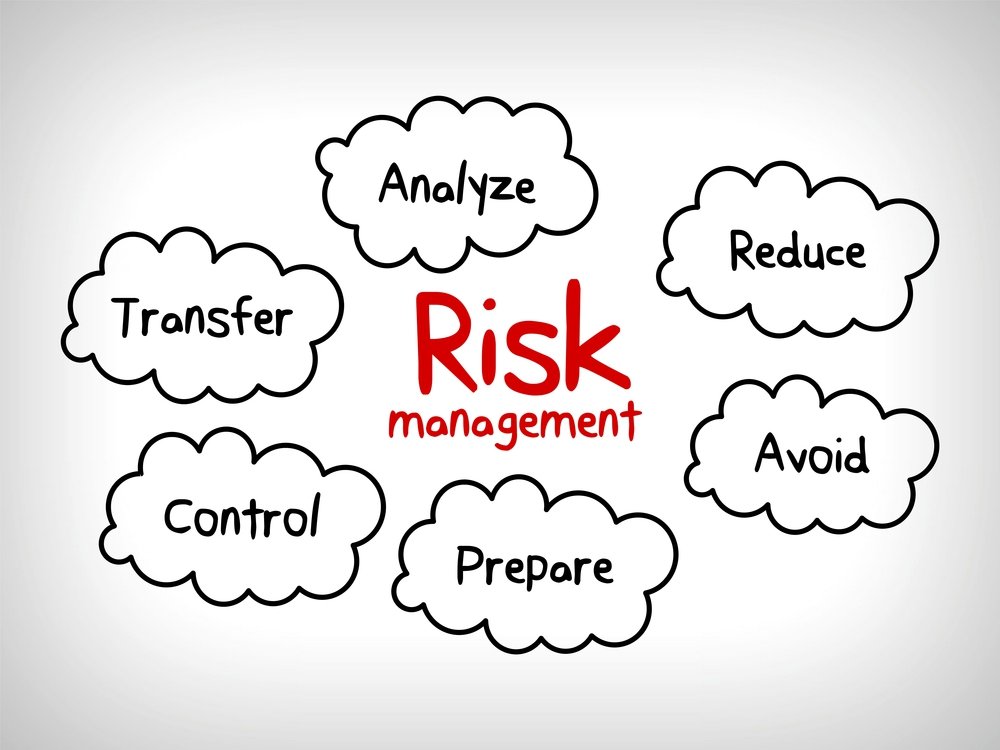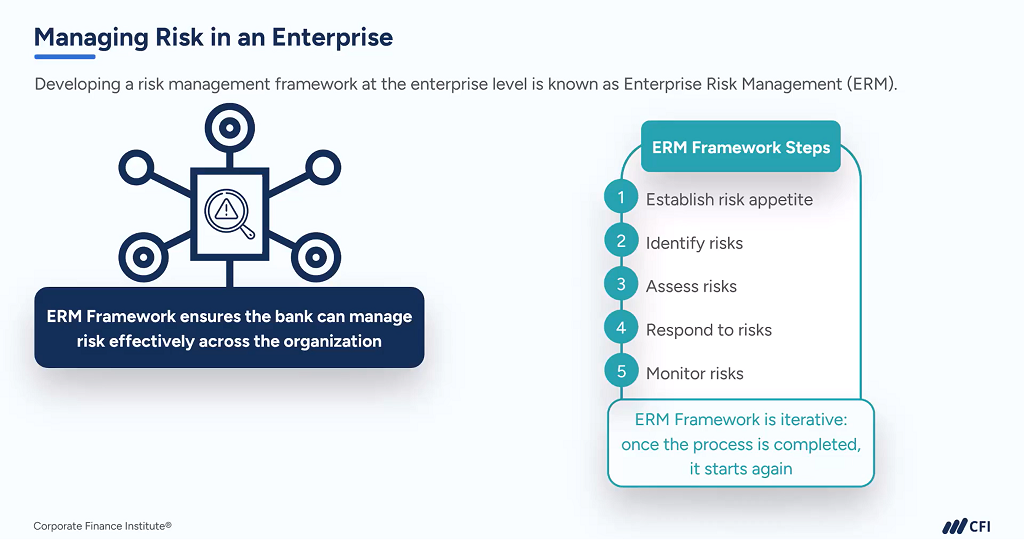The Wide-Spread Importance of Risk Management in Global Supply Chains
The Wide-Spread Importance of Risk Management in Global Supply Chains
Blog Article
The Value of Recognizing the Value of Risk Management in Numerous Industries

The Core Concept of Risk Management and Its Purpose
Risk Management, the foundation of several markets, hinges on the identification, evaluation, and reduction of unpredictabilities in an organization atmosphere. By properly recognizing possible dangers, organizations can develop techniques to either prevent these threats from taking place or minimize their impact. As soon as risks have been identified and examined, the mitigation procedure entails creating strategies to decrease their potential influence.
Advantages of Carrying Out Risk Management in Organization Operations

Unveiling the Function of Risk Management in Different Industries
While every sector confronts its unique collection of risks, the execution of Risk Management techniques continues to be a typical in their quest of sustainability and growth. In the healthcare sector, Risk Management involves making sure patient safety and security and information security, while in money, it includes mitigating financial investment threats and making certain regulative conformity (importance of risk management). Construction firms concentrate on worker safety and security, task hold-ups, and spending plan overruns. In the innovation field, firms alleviate cybersecurity risks and modern technology obsolescence. Ultimately, the role of Risk Management across sectors is to identify, evaluate, and alleviate dangers. It is an essential part of tactical planning, enabling companies to safeguard their properties, maximize possibilities, and achieve their purposes.
Real-life Study Showing Successful Risk Management
To recognize the importance of Risk Management in these numerous fields, one can look to a number of real-life circumstances that her comment is here illustrate the successful application of these procedures. Toyota, post the 2011 earthquake in Japan, revised its supply chain Management to reduce disturbance threats. These instances show exactly how industries, discovering from situations, effectively used Risk Management strategies to reduce future threats.
Future Fads and Growths in Risk Management Methods
As the world remains to develop, so also do the trends and advancements in Risk Management techniques. Rapid innovations in innovation and data analytics are improving the Risk landscape. Big data and AI are currently instrumental in forecasting and mitigating risks. Organizations are leveraging these tools to develop anticipating designs and make data-driven decisions. Cybersecurity, once an outer problem, has catapulted to the forefront of Risk Management, with strategies focusing on response, discovery, and prevention. The assimilation of ESG (Environmental, Social, Administration) variables into Risk Management is another growing trend, showing the boosting acknowledgment of the duty that environmental and social threats play in business sustainability. Therefore, the future of Risk Management exists in the combination of advanced technology, ingenious approaches, and a holistic method.
Conclusion
In final thought, recognizing the relevance of Risk Management across a spectrum of sectors is important for their longevity and prosperity. Customized strategies can aid mitigate prospective threats, guard properties, and foster stakeholder trust. In addition, positive decision-making aids in regulative conformity and optimizes source use. Inevitably, successful Risk Management adds to much more durable and sustainable companies, highlighting company website the importance of this method in today's vibrant and extremely affordable company atmosphere.
While every market challenges its unique set of dangers, the execution of Risk Management strategies stays an usual denominator in their quest of sustainability and growth. In the medical care sector, Risk Management requires making sure person safety and data protection, while in financing, it involves mitigating investment dangers and making sure governing conformity. Eventually, the function of Risk Management across markets is to recognize, examine, and mitigate risks. These instances show just how markets, discovering from crises, effectively applied Risk Management techniques to reduce future dangers.

Report this page